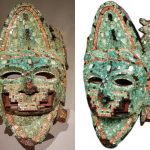Helen Keller and the Night She “Heard” Beethoven
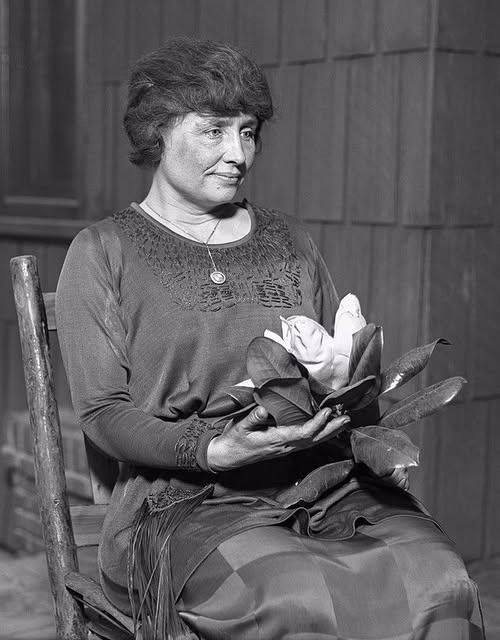
Helen Keller and the Night She “Heard” Beethoven
In March 1924, Helen Keller put pen to paper and wrote a letter that continues to send shivers down the spine of anyone who reads it. For a woman who had lived her life in silence and darkness—deaf and blind since infancy—what she described seemed nothing short of miraculous.
By then, Keller was already a symbol of resilience and possibility. With the help of her beloved teacher, Anne Sullivan, she had defied every barrier, becoming an author, lecturer, and advocate for the disabled. Yet even she did not anticipate the moment that would unfold one evening, as she gathered with her family around a radio—a technology still new and full of wonder.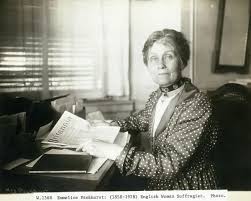
The New York Symphony Orchestra was performing Beethoven’s Ninth Symphony live. As the majestic music filled the room, someone gently suggested that Helen place her hand on the radio receiver to feel its vibrations.
What happened next became one of the most poetic accounts of human perception ever written.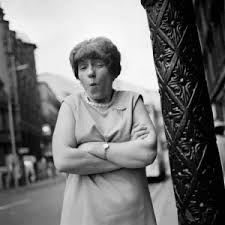
With her fingers resting lightly on the diaphragm of the receiver, Keller felt more than mechanical trembling. She felt music. The rhythmic shiver of cornets, the deep, rolling thunder of drums, the delicate threads of violins—it all flowed into her hand like a secret language she had never known existed. “It was,” she later wrote, “a sea of sound breaking against the silent shores of my soul.”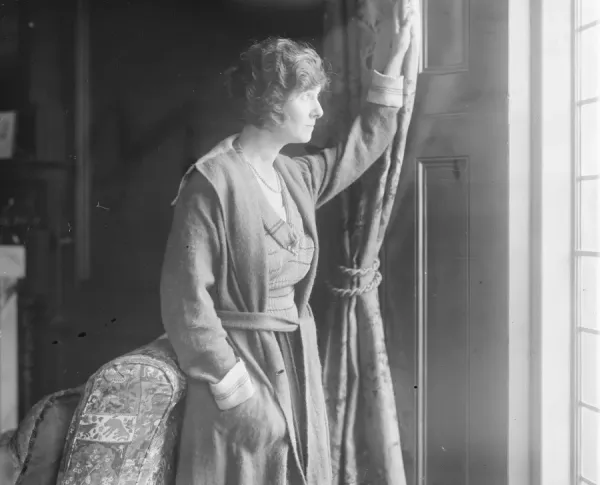
When the choral voices rose in Beethoven’s immortal Ode to Joy, Keller described it as if “angelic voices were rushing in a harmonious flood.” It was not hearing, not in the ordinary sense. It was something deeper, more profound: a direct connection between the music’s spirit and her own.
What makes her testimony even more poignant is that Beethoven himself was deaf when he composed his Ninth Symphony. Helen, reflecting on that shared silence across time, marveled: “I rejoiced to think that he had never heard the thousand voices which sang, yet had made them sing in his soul.”
Her words remind us that beauty does not require perfect senses. Music, art, and joy can travel along unexpected pathways—through touch, memory, imagination, and spirit.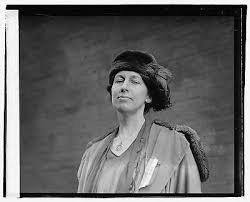
Nearly a century later, Keller’s letter continues to inspire. It is not just a record of a woman “hearing” Beethoven without ears, but a testament to the limitless reach of the human soul. She proved that art has no boundaries, and that even in silence and darkness, there can be light, harmony, and joy.




